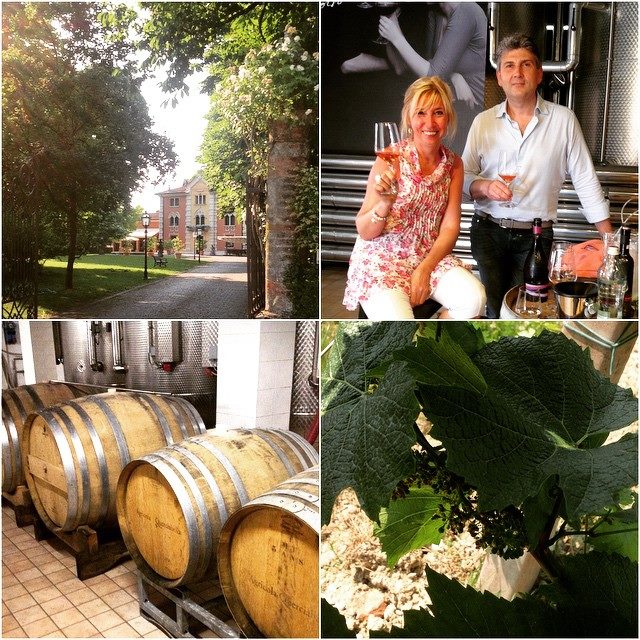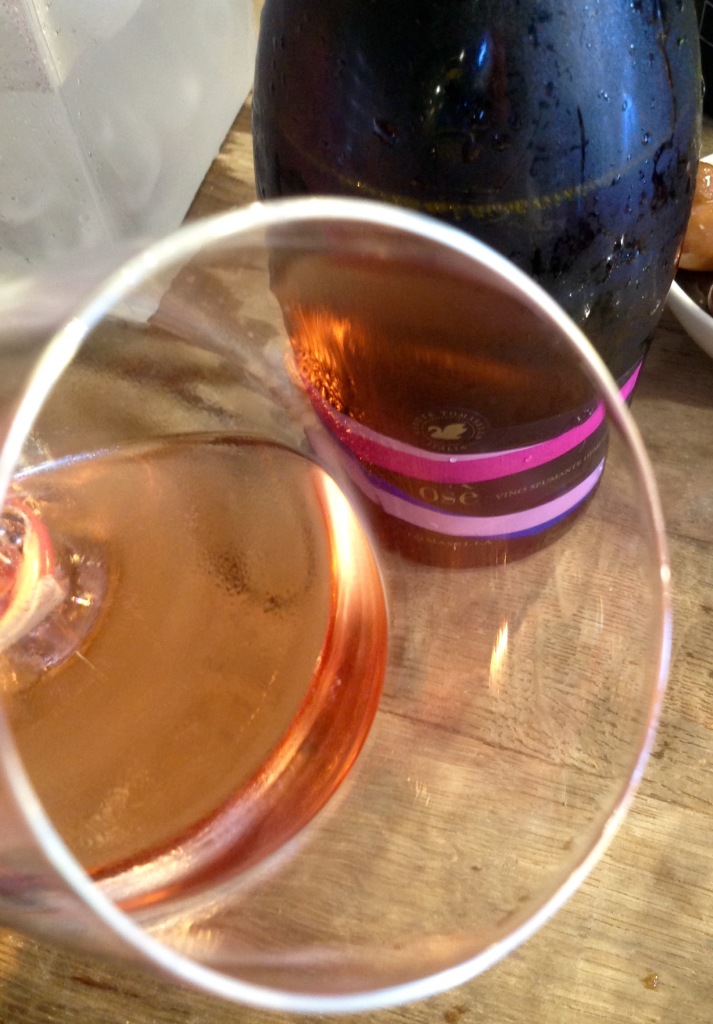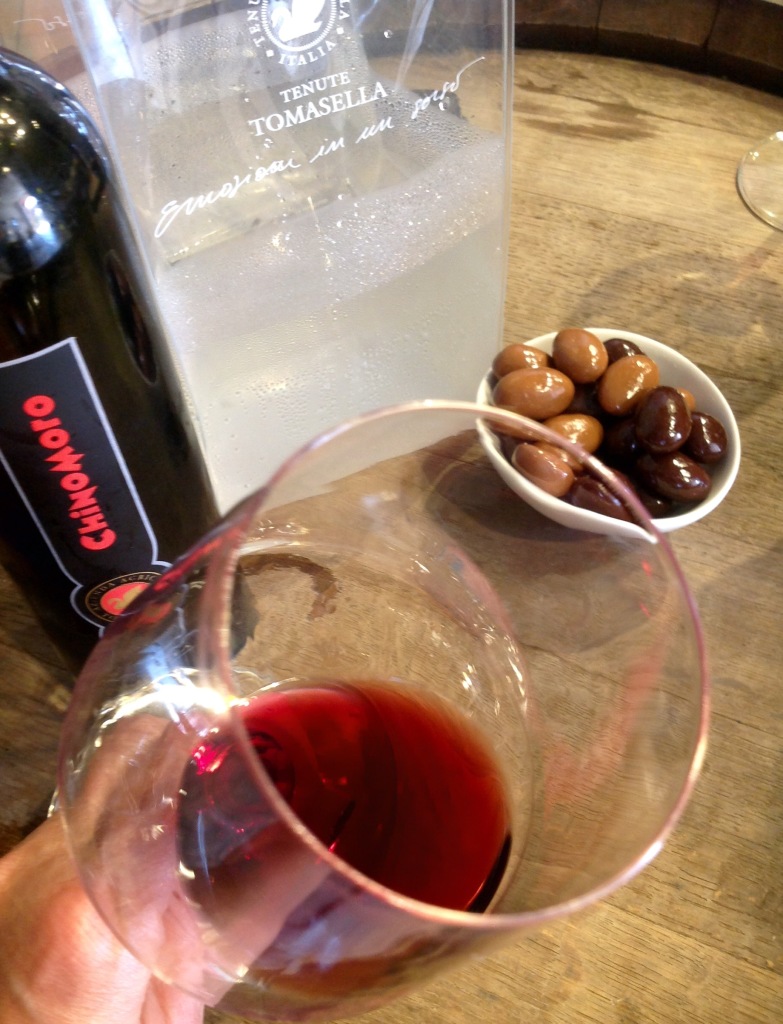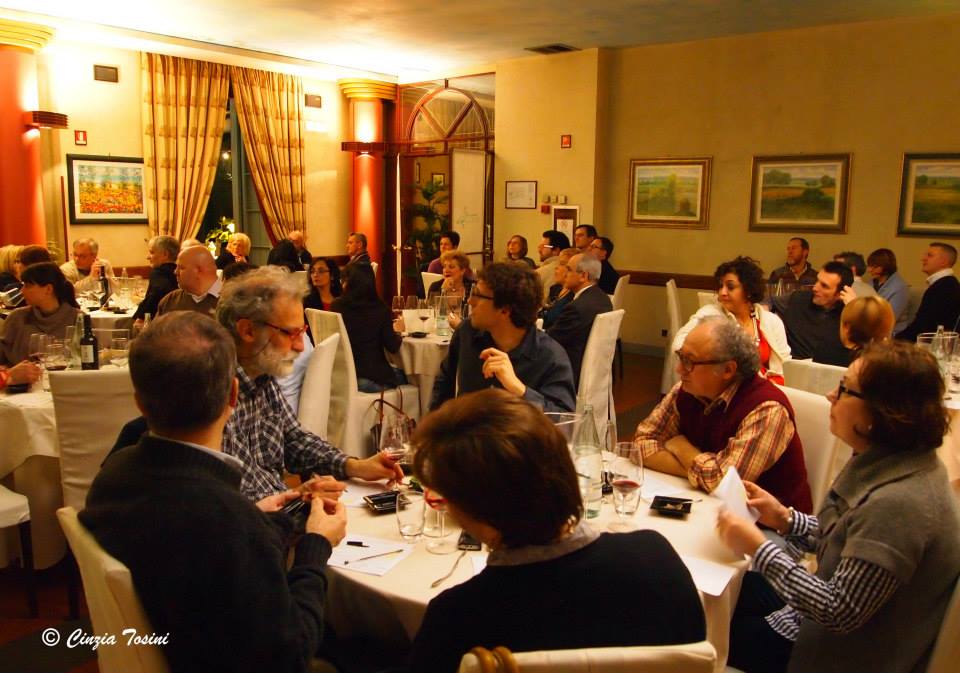I miei rifugi estivi: boschi, spiagge, cantine e… vini d’estate.
Tenute Tomasella – Mansuè (TV)
È un inizio di Giugno molto caldo questo del 2015, lo è stato talmente da farmi scap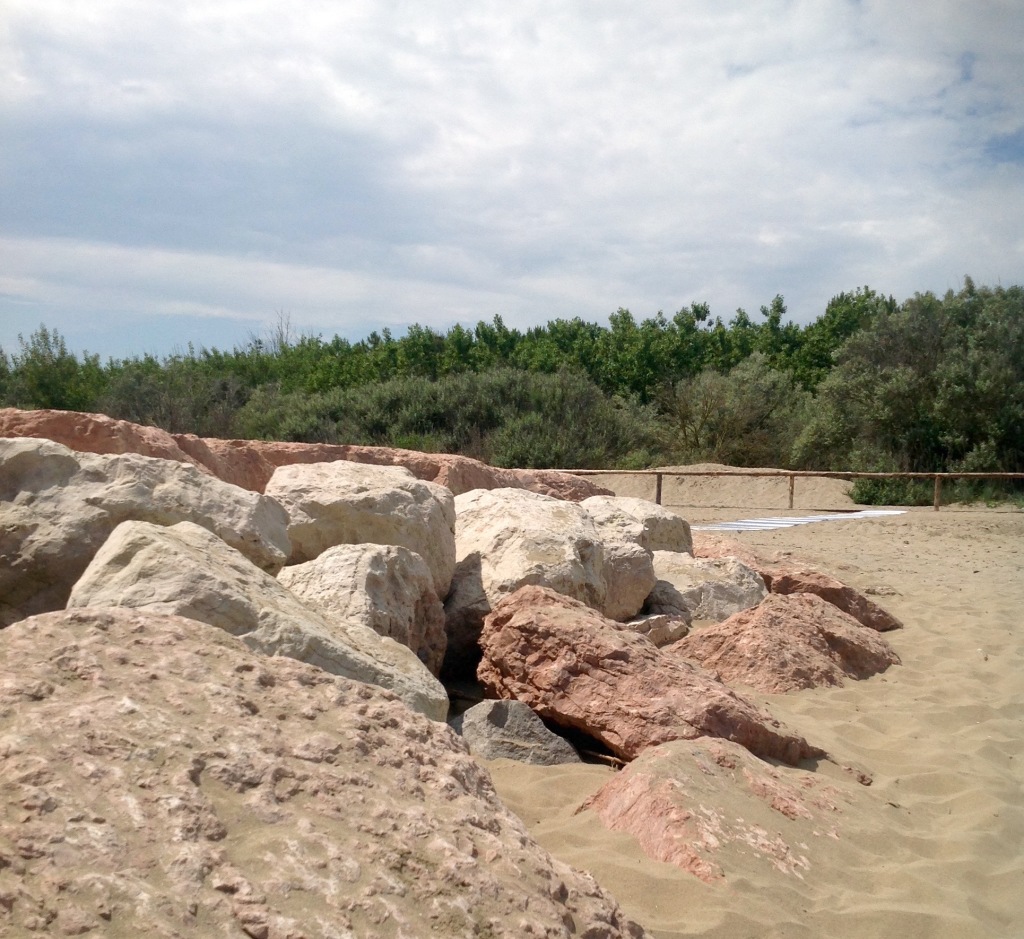 pare qualche giorno al mare in cerca di un po’ di refrigerio. Come to abitudine, quando posso, torno nelle terre in cui ho passato l’infanzia, a Treviso. La spiaggia più vicina che prediligo è quella di Eraclea Mare, in provincia di Venezia. Vado la mattina presto, quando ancora i più dormono, quando il mare lo si vive in tranquillità… facendo lunghe passeggiate sulla spiaggia e nella pineta.
pare qualche giorno al mare in cerca di un po’ di refrigerio. Come to abitudine, quando posso, torno nelle terre in cui ho passato l’infanzia, a Treviso. La spiaggia più vicina che prediligo è quella di Eraclea Mare, in provincia di Venezia. Vado la mattina presto, quando ancora i più dormono, quando il mare lo si vive in tranquillità… facendo lunghe passeggiate sulla spiaggia e nella pineta.
Oltre a rinfrescarmi recupero così energia e benessere, ma poi il caldo torna… e allora che si fa? Be’, direi che l’ambiente ideale in cui spostarsi per continuare a godere di un po’ di fresco è una cantina. Se poi visitandola si assaggiano buoni vini, il benessere si completa. La scelta questa volta è caduta sulle Tenute Tomasella di Mansuè, in the province of Treviso. Un’azienda agricola fondata nel 1965, situata tra il Friuli e il Veneto. Una cantina di confine come la chiama Paolo Tomasella, titolare e mia gentile guida.
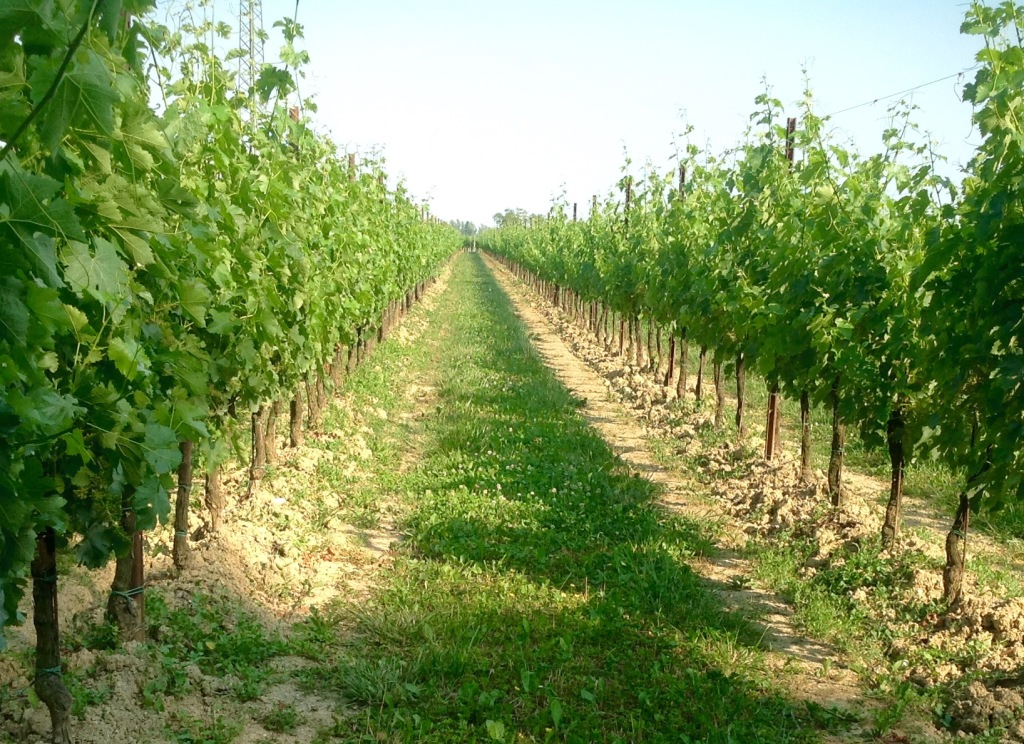 Trenta gli ettari vitati, ventitré in Veneto e sette in Friuli, divisi dalla DOC delle Grave del Friuli e dalla DOC del Piave. Ho scelto di visitarle dopo avere assaggiato il loro Merlot in una nota enoteca di Motta di Livenza, dopo essere entrata in altre, con vini che differenza ne facevano ben poca, oltretutto serviti a temperature sbagliate, e senza alcuna presentazione. Una mancanza che in una terra di vino come questa, alas, ogni volta mi lascia perplessa. As I often say, c’è chi si accontenta di bere vino, e chi a differenza il vino lo degusta, traendo da esso piacere, esperienza e conoscenza.
Trenta gli ettari vitati, ventitré in Veneto e sette in Friuli, divisi dalla DOC delle Grave del Friuli e dalla DOC del Piave. Ho scelto di visitarle dopo avere assaggiato il loro Merlot in una nota enoteca di Motta di Livenza, dopo essere entrata in altre, con vini che differenza ne facevano ben poca, oltretutto serviti a temperature sbagliate, e senza alcuna presentazione. Una mancanza che in una terra di vino come questa, alas, ogni volta mi lascia perplessa. As I often say, c’è chi si accontenta di bere vino, e chi a differenza il vino lo degusta, traendo da esso piacere, esperienza e conoscenza.
Paolo Tomasella, come molti, vive due vite: una nel settore del mobile, e l’altra, per passione e per tradizione familiare, agriculture. Accompagnato dall’enologo Angelo Solci, attraverso i viaggi nei territori e nelle produzioni, negli anni ha acquisito quella consapevolezza ed esperienza che ora lo porta a scelte e a percorsi meno facili, ma senza dubbio più stimolanti. In 2013 l’azienda è entrata a far parte del Progetto Tergeo dell’Unione Italiana Vini. Finalizzato al sostegno delle pratiche sostenibili in viticoltura, aderisce alle linee di difesa previste dal disciplinare di produzione integrata delle regioni Veneto e Friuli.
Ma torniamo al caldo torrido di questi giorni… vogliamo parlare di vini d’estate? Con Paolo, nella scelta per la degustazione, si è optato proprio in questa direzione. Ora vi descriverò cosa ho avuto il piacere di assaggiare. Some, in questa terra sarebbe stato più facile parlarvi di Prosecco, sia pur di qualità, DOC o DOCG, ma io non lo farò, semplicemente perché amo parlare di produzioni senza dubbio meno conosciute.
In un caldo pomeriggio di ‘quasi estate’ mi è stato proposto uno spumante rosato demi-sec, Osè, Refosco e Verduzzo appassito in pianta. Un vino fresco dal color rosa corallo e dai profumi di melograno e lampone. In bocca un perlage fine, sapori delicati e persistenti. Paul, osando, l’ha definito un vino da bordo piscina; per quanto mi riguarda lo ritengo una valida alternativa alle solite proposte, gradevole e non impegnativa.
Ho continuato la degustazione con una produzione particolare: Chinomoro, Merlot chinato. Un vino da meditazione dai profumi e sapori speciali grazie all’aggiunta di essenze digestive: Aloe, Artemisia, Colombo, Coriandolo, Rabarbaro, China, Arancio, Sambuco e altre indicate da antiche ricette popolari tramandate da generazioni. Accompagnato da cioccolato fondente, ha reso piacevole il mio fresco pomeriggio di ‘quasi estate’ in cantina.
Tenute Tomasella – www.tenute-tomasella.it
Via Rigole, 103 – Mansue’ (Treviso)
